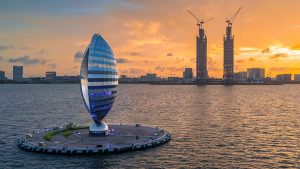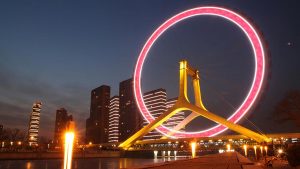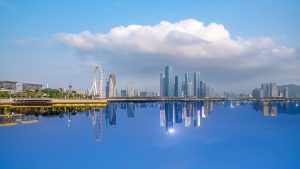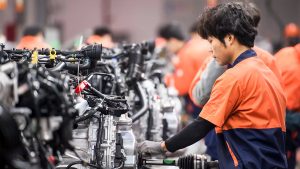We cover the latest economy and trade, legal and tax updates, industry insights, and HR and payroll news that are most relevant to doing business in China. Here are our top China news summaries.
Shanghai Lingang New Area Releases Whitelists for Data Export, Facilitating Cross-Border Data Flows
Shanghai’s Lingang New Area has released general data lists that will facilitate data export for companies in the automotive, biopharma, and mutual fund sectors.
Tianjin Free Trade Zone Releases China’s First Negative List for Cross-Border Data Transfer
The Tianjin Free Trade Zone has released China’s first data Negative List outlining the types of data that must undergo a security review by China’s cybersecurity bureau to be transferred out of China.
China’s New Measures to Support Foreign Investment in Sci-tech Firms
China seeks to attract sci-tech foreign investment by relaxing rules, fostering partnerships, and enhancing the investment climate.
Shenzhen’s Qianhai Cooperation Zone Expands Preferential IIT and CIT Policies
The Shenzhen Municipal Tax Bureau, Shenzhen Municipal Finance Bureau, and State Tax Administration have issued two notices broadening tax incentives for individuals and companies in the Qianhai Cooperation Zone.
China’s New Organic Product Certification Rules in 2026: What Producers and Exporters Need to Know
China’s new organic product certification rules, effective January 1, 2026, significantly tighten requirements across certification, inspections, traceability, and post-certification supervision, marking a shift toward continuous regulatory oversight. Domestic producers, foreign-invested enterprises, and overseas exporters must now meet higher compliance, documentation, and transparency standards to maintain market access in China’s organic sector.
Positioning for Growth: Navigating China’s Biomanufacturing Industry
China is accelerating the build‑out of its biomanufacturing ecosystem, creating expanding opportunities across upstream, mid‑stream, and downstream segments. Companies that focus on key clusters and proactively manage compliance will be best positioned to benefit.
Hong Kong Public Holidays 2026 Schedule
Hong Kong’s 2026 holiday schedule features 15 statutory holidays and 17 general holidays, reflecting the city’s dual‑holiday framework. Employers should plan ahead to manage staffing needs, compliance obligations, and peak‑period operational demands.
Trademark Already Registered in China? How Foreign Brands Can Regain Control
Foreign companies entering China often discover that their trademarks have already been filed or registered by others. This article examines the legal and strategic responses available to reclaim or protect brand rights.
China Issues Updated Rules on Tax Deduction for Advertising and Promotion Expenses
China has renewed its existing rules on the pre‑tax deduction of advertising and promotion expenses with no substantive changes. The policy extension will apply from January 1, 2026 through December 31, 2027.
Zhejiang, Jiangsu to Roll Out Minimum Wage Standards from January 1
This article offers a guide to minimum wages in the Chinese Mainland and discuss how labor costs are affected by changes to the minimum wage levels. The data is current as of December 30, 2025.
China Cuts Import Tariffs to Support High-Tech, Healthcare in 2026 Schedule
The 2026 tariff schedule seeks to support development of key industries while upholding commitments under China’s free trade agreements.
MIIT’s Industrial Digital Transformation Blueprint: How China Plans to Upgrade Manufacturing by 2026
MIIT has released a detailed scenario‑based reference guide outlining how Chinese manufacturers should adopt digital technologies to enhance operational performance. The blueprint signals clearer expectations for how companies can align with China’s ongoing industrial transformation.





















